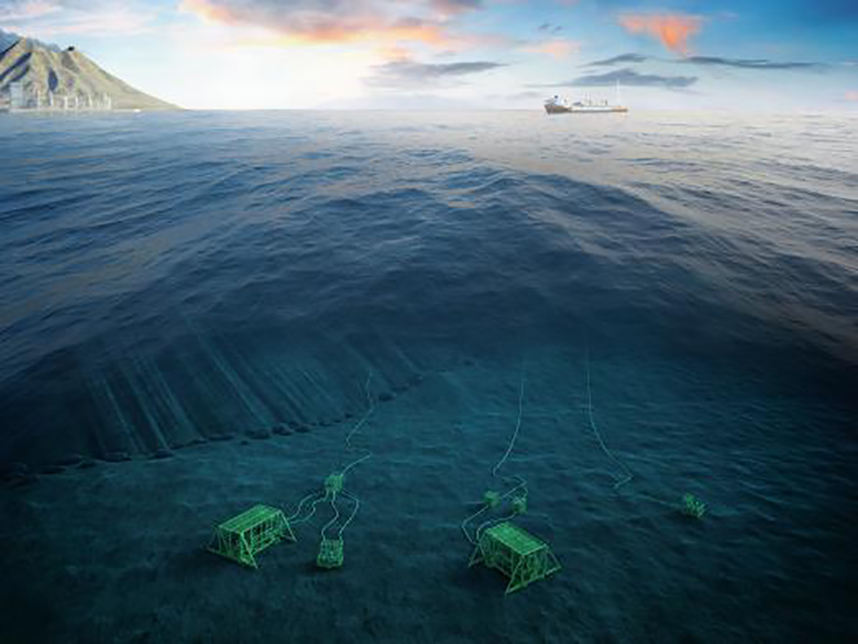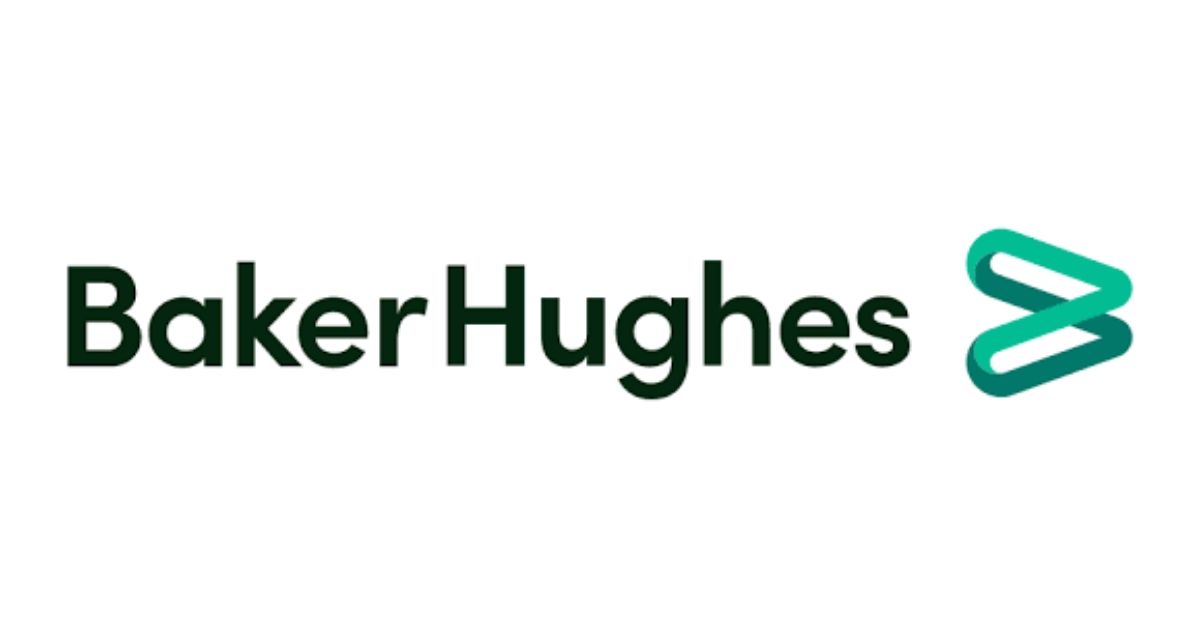Over the past decade the oil and gas industry has proved itself to be resilient to the shocks and twists of global geo-politics, resurgent trade wars, plummeting prices, economic uncertainty and increasing awareness of environmental concerns. Now, it must prove itself resilient to an entirely different type of threat: a global pandemic that changes everything from actual demand to workforce availability.
 By Feyi Okungbowa, Executive Director, Services and SPS at Baker Hughes
By Feyi Okungbowa, Executive Director, Services and SPS at Baker Hughes
The way that individual operators and their partners have responded to these challenges may have evolved over the years, certainly in the details. But for the upstream sector, at least, the overarching principle has remained consistent: minimize the total cost of ownership over the entire lifetime of a field.
The evolution of offshore services
With that mantra front of mind, service companies have adapted their response, developing a range of innovative solutions and ways of working to help customers optimize their operations, including the growing number of subsea projects.
Those solutions include introducing greater use of digital technologies throughout the business, from fabrication and maintenance to analysis and documentation; advances to topside and reservoir technology; more flexible commercial models and a greater engagement at FEED and pre-FEED stages.
By re-thinking many of the more traditional ways of working together and focusing on doing more with less, these new services have built a level of preparedness among operators to tackle this latest global challenge.
Nonetheless, neither operators nor service providers can afford complacency. If traditional ways of working no longer meet the demand for greater cost efficiency and efficient output, they can – and should – be reconsidered.
 The potential of light well interventions
The potential of light well interventions
A prime example is that of offshore interventions. Traditionally, fluid interventions, unplugging sand, changing out a tool, or any number of other interventions required a rig. In 2019, that came with an average day rate of between $400,000 and $1,000,000. In contrast, when a riser-less or rig-less intervention – also known as a light well intervention – is carried out from a bare vessel, it comes with a price tag between $80,000 and $100,000 a day, or $180,000 and $250,000 for a stacked rig.
Load the vessel with the necessary well-control packages, wirelines, and pressure pumping equipment and the cost savings speak for themselves. What’s more, light well interventions typically require less movement of personnel, take less time to complete and can frequently be carried out by a single supplier rather than multiple contractors – all of which reduce the cost and complexity.
Not all interventions can be carried out from a vessel. Currently, coil tubing operations require a riser, which is challenging, but not impossible from a vessel. This crucially takes away the speed to well-site advantage that a monohull with LWIS has versus a rig with riser. Nonetheless, despite some reservations from traditionalists or operators that have long-term rig contracts, light well interventions are increasing in popularity and have proved to be an ideal solution for exceptionally price-sensitive markets.
Rapid mobilisation to improve production
Light well interventions are also particularly suited to regions where local content is an important consideration. In Sub-Saharan Africa, for example, where Baker Hughes has made significant investments in riser-less interventions, equipment stationed in Nigeria can substantially reduce both the time and costs of mobilizing equipment across the globe. It also enables the company to support customer projects with a balanced mix of local and expatriate employees, in line with regional guidelines.
This approach has secured contracts with some of the major players in the region. One customer in particular needed rapid support for a two-well intervention project to stimulate production on two wells where water depths reached 1,360 metres. Until that point, the customer had carried out all interventions in the traditional rig-based way but was willing to adopt light well intervention largely because it could be mobilized quickly and take advantage of a limited time window.
The project was conceived, planned and delivered under Baker Hughes’ Subsea Connect approach, with fast-track operations and commercial innovation as the two key project management drivers. This enabled far greater partnership with the customers’ wells and completions management unit from a much earlier stage in the project. It is an example of the power of early engagement and maintaining a consistent approach to customers at every stage.
Baker Hughes then leased off-the-shelf light well intervention systems which, in addition to being ‘agnostic’ to any technology being used in the well, were easy to adapt to the customer’s needs, carried out final testing before shipping and provided an offshore crew to run the well-access equipment.
Mobilization took just seven days, after which offshore operations began remediation work on the AKPO 107 well. Working in close collaboration with its project partners, Baker Hughes installed and tested the wireline-retrievable surface-controlled subsurface valve and ran nine bottom-hole assembly slicklines in open water. It connected the Christmas tree to the well control package and subsea lubricator to recover well integrity.
A control-line leak which was an original pain-point for the customer, was stopped by permanently locking open the tubing-retrievable surface-controlled subsurface valve and the downhole safety valve, clearing the blockage in the control line, and then installing a flapper-type insert/recovery valve.
Re-thinking business as usual
By working closely together from the very beginning, Baker Hughes and the customer were able to produce results that far exceeded initial expectations. Overall, the project, which would have taken approximately six months to complete using a traditional rig, was compressed down into six weeks by using an available field services vessel. What’s more, the operational day rate fell from $1.3 million to $250,000.
The project with this specific customer is just one illustration of how light well interventions can be deployed when cost and speed are important factors. In this latest stage of the oil and gas sector’s story, the number of projects that meet exactly these criteria is set to increase substantially.
It also illustrates a much bigger issue that has pushed its way to the top of the agenda. When building industry-wide resilience to unexpected shocks has become such a clear operational requirement, it makes solid business sense to look beyond ‘business as usual’, and challenge where value can be found. “Because we’ve always done it that way” is losing its power as a reason for action. Instead, it is up to forward-looking operators, innovative service providers and energy technology companies such as Baker Hughes to continue to evolve their ways of working together, to focus on the new flexible, agile and above all, responsive solutions – in preparation for whatever comes next.


